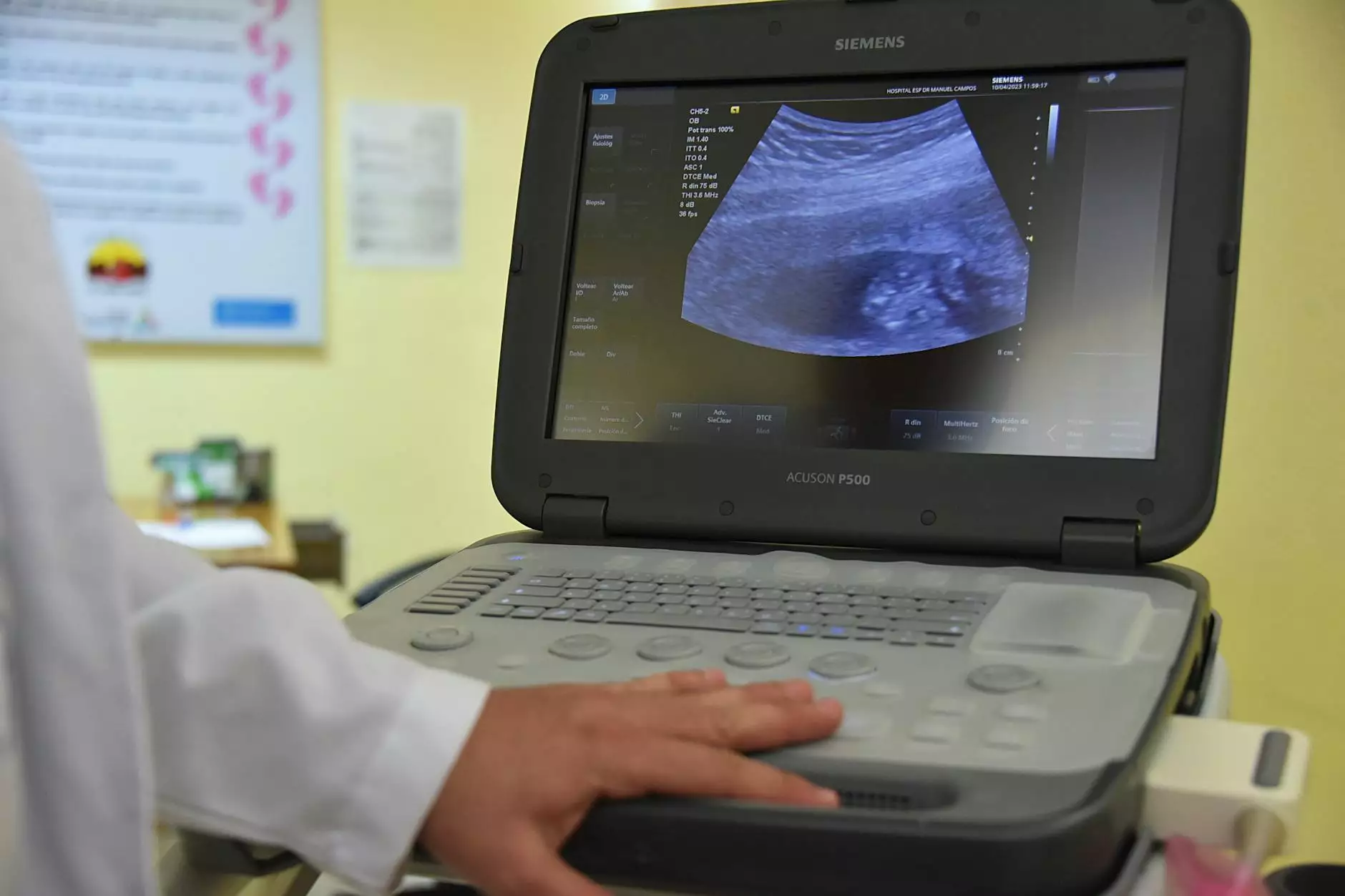Understanding Blood Clots in the Calf: Symptoms, Causes, and Treatments

Blood clots are crucial for our body, as they help stop bleeding when we get hurt. However, when they form inappropriately, they can lead to serious health issues. One significant concern is a blood clot located in the calf, known medically as Deep Vein Thrombosis (DVT). In this extensive article, we will explore what a blood clot in the calf feels like, the symptoms, causes, risk factors, treatment options, and importantly, when to seek medical attention.
What is a Blood Clot?
A blood clot is a gel-like piece of blood that forms as a part of the body’s natural healing process. When we experience an injury, platelets (small blood cells) clump together to form a clot, which stops us from bleeding excessively. However, a clot can form without injury and may block blood flow in our veins, especially in the legs.
Understanding Deep Vein Thrombosis (DVT)
Deep Vein Thrombosis occurs when a blood clot forms in one of the deep veins of the body, most commonly in the legs. While it often occurs without noticeable symptoms, it is essential to recognize the signs, particularly if the clot is located in the calf.
What Does a Blood Clot in the Calf Feel Like?
Recognizing the symptoms of a blood clot in the calf is critical for timely diagnosis and treatment. Here are some common sensations and signs that a person may experience:
- Swelling: A noticeable swelling in one leg could indicate a clot. This swelling may develop quickly and may be accompanied by pain or tenderness.
- Pain or Cramping: Many describe the pain as a cramp or soreness. This discomfort often starts in the calf and may worsen when standing or walking.
- Discoloration: The skin may appear reddish or have a bluish tint around the affected area. This change in color can help indicate the presence of a clot.
- Warmth: The area around the clot may feel unusually warm to the touch comparing to other parts of the leg.
- Fatigue: Some people report feeling a general sense of fatigue or heaviness in the affected leg.
It is crucial to realize that these symptoms can be subtle, and some individuals may not experience all of them. Therefore, it is vital to remain vigilant and seek medical advice if you suspect a blood clot.
Causes of Blood Clots in the Calf
Blood clots can form for various reasons, including:
- Prolonged Immobility: Sitting or standing for long periods, such as during long flights or car rides, can increase the likelihood of blood clot formation.
- Medical Conditions: Certain health conditions, like cancer, heart disease, or genetic clotting disorders, can predispose individuals to clots.
- Hormonal Factors: Birth control pills and hormone replacement therapy can raise the risk of clot formation in women.
- Injury or Surgery: Trauma to the blood vessels, often due to surgery or injury, can predispose an individual to clots.
- Obesity: People with obesity are more likely to develop blood clots due to increased pressure on the veins in the legs.
Risk Factors for Developing Blood Clots
Understanding the risk factors associated with blood clots in the calf can help individuals take preventive measures. Some notable factors include:
- Age: People over 60 have a higher risk.
- Family History: A family history of blood clots can indicate a genetic predisposition.
- Smoking: Smoking can damage blood vessels and contribute to clot formation.
- Pregnancy: Pregnancy increases the pressure on leg veins, leading to a higher risk of clots.
- Certain Medications: Some medications, especially hormonal ones, can increase clot risk.
When to Seek Medical Attention
Recognizing when to seek medical help is crucial. If you experience symptoms consistent with what a blood clot in the calf feels like, you should consult a healthcare professional immediately. In some instances, blood clots can lead to severe complications, such as a pulmonary embolism, where a clot travels to the lungs, potentially becoming life-threatening. Signs of a pulmonary embolism include:
- Sudden shortness of breath
- Chest pain that worsens with deep breaths
- Rapid heart rate
- Lightheadedness or fainting
Diagnosis of Blood Clots in the Calf
Upon evaluation by a healthcare provider, several diagnostic tests may be used to confirm the presence of a blood clot, including:
- Doppler Ultrasound: This non-invasive test uses sound waves to create an image of blood flow in the veins.
- CT or MRI Scans: These imaging tests can provide detailed views of blood vessels and help locate clots.
- Blood Tests: Tests such as D-dimer can help detect the presence of an abnormal blood clot.
Treatment Options for Blood Clots in the Calf
Treatment for a blood clot aims to prevent the clot from growing and to reduce the risk of a pulmonary embolism. Common treatment options include:
- Anticoagulants: Often referred to as blood thinners, these medications help prevent new clots from forming and existing clots from getting larger.
- Thrombolytics: In more severe cases, these medications can dissolve clots but may also carry a higher risk of bleeding.
- Compression Stockings: These can help reduce swelling and pain in the affected leg.
- Vein Filters: In some instances, a filter may be inserted into the vena cava to prevent clots from traveling to the lungs.
Preventive Measures for Blood Clots
Preventing blood clots involves lifestyle adjustments and awareness of risk factors. Here are some effective measures to consider:
- Stay Active: Regular physical activity can improve circulation and prevent clots.
- Stay Hydrated: Proper hydration is essential, particularly during long flights or car rides.
- Wear Compression Stockings: If you're at risk, wearing these during travel can boost circulation.
- Avoid Smoking: Quitting smoking can significantly reduce your risk of blood clots.
- Consult Your Doctor: If you're at high risk, discuss preventive strategies with your healthcare provider.
The Role of Healthcare Providers
Healthcare providers play a critical role in monitoring and managing the risk of blood clots. Regular check-ups and discussing your health history can guide personalized prevention strategies.
Conclusion
In conclusion, being informed about what a blood clot in the calf feels like, its symptoms, and risk factors is paramount for early detection and management. Understanding the importance of seeking medical attention, along with the available diagnosis and treatment options, can save lives. If you suspect a blood clot, do not hesitate to consult a healthcare professional. Your health is invaluable, and being proactive can ensure that you lead a healthy life, free from the dangers posed by blood clots.
For more information on vascular health and to consult with experts, visit Truffles Vein Specialists.
what does a blood clot in calf feel like








